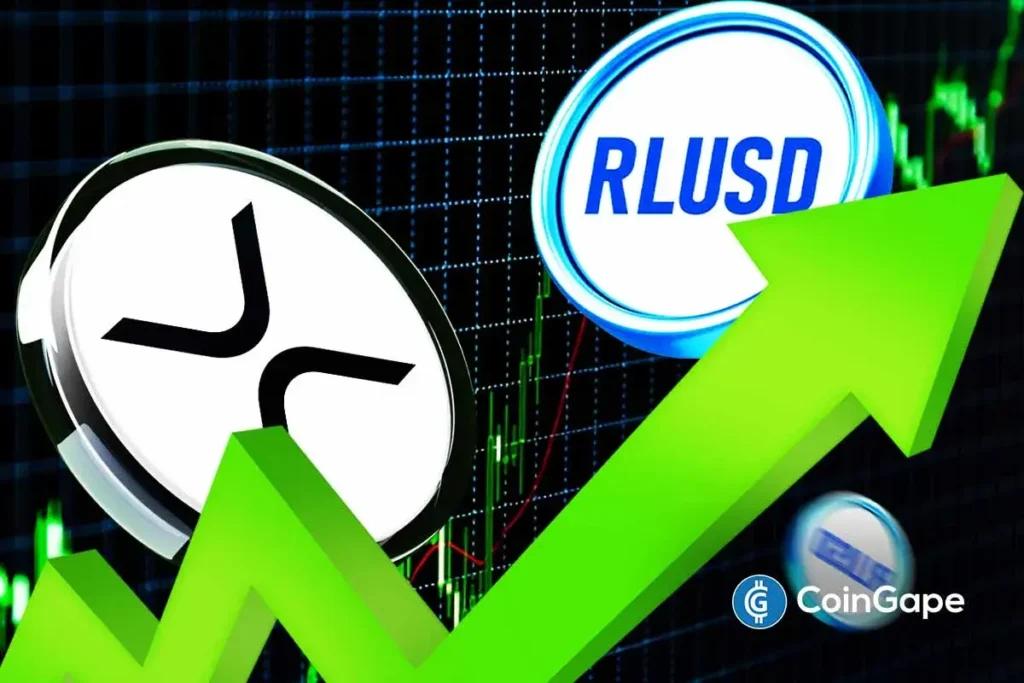The Future of Digital Currency: RLUSD and XRP Post-GENIUS Act
The landscape of stablecoins is on the verge of transformation, notably with the recent signing of the GENIUS Act into law by former President Donald Trump. This regulatory development holds substantial implications for the cryptocurrency sector, particularly for Ripple’s stablecoin RLUSD and its underlying asset, XRP. Versan Aljarrah, co-founder of Black Swan Capitalist, has forecasted that RLUSD could serve as the U.S. Treasury’s primary vehicle to globalize the digital dollar, potentially eclipsing the dominance of Tether’s USDT. In this article, we will explore Aljarrah’s assertions and dissect the implications of these changes for the future of digital currencies.
The GENIUS Act: A Game-Changer
The GENIUS Act has been heralded as a pivotal moment in the realm of stablecoin regulation. It introduces a framework that allows the U.S. Treasury to adopt compliant digital currencies efficiently. According to Aljarrah, the act positions RLUSD favorably due to its alignment with regulations, as it is fully backed by the U.S. dollar, U.S. treasury bills, and other cash equivalents. This robust compliance lays the groundwork for RLUSD to be adopted as a vital tool for advancing the digital dollar, ultimately bolstering the U.S. dollar’s status as the world’s reserve currency.
The advantages extend beyond compliance; the XRP Ledger’s capabilities are also critical in bringing RLUSD to the forefront. Aljarrah emphasizes that the XRP Ledger’s liquidity layer provides a secure, trustless framework for global transactions. The potential to tokenize U.S. debt and integrate it with this liquidity layer could facilitate real-time, cross-border settlements. As Aljarrah stated, “This is how value moves globally in a post-SWIFT world.” Such advancements could redefine how international commerce operates, promoting faster and more efficient transactions.
A Shift in Stability: Tether’s Position Under Threat
Tether’s USDT has long been a leader in the stablecoin market. However, with the introduction of the GENIUS Act, Aljarrah predicts that Tether’s dominance is at risk. Increased regulatory scrutiny will likely compel unregulated stablecoins to face heightened audits, which could catalyze a shift in capital toward compliant alternatives like RLUSD. Currently, Tether holds a market cap of around $161 billion, whereas RLUSD is significantly smaller at about $527 million. This disparity indicates that while Tether may still be ahead, the regulatory environment is poised to impact its hold over the market.
Aljarrah’s assertions point to a critical inflection point: “The offshore game is over.” He suggests that Tether’s days of operating as a shadow bank and liquidity provider are numbered, signaling a major shift toward a more regulated landscape. Tether’s recent announcement to launch a U.S.-based stablecoin is a direct response to impending regulations, but Aljarrah remains skeptical of its efficacy in regaining market confidence.
The Rise of RLUSD: Bridging Compliance and Utility
RLUSD stands out not only for its regulatory compliance but also for its intended use within a broader financial ecosystem. Aljarrah believes that RLUSD will rise through a combination of factors, including its backing by U.S. assets and the capabilities provided by the XRP Ledger. The potential for RLUSD to facilitate global commerce through a trustless settlement layer marks a significant advantage as businesses worldwide seek reliable digital transaction methods.
Moreover, the liquidity and speed offered by RLUSD could make it an attractive option for businesses and individuals alike, providing a viable alternative to legacy systems like SWIFT. With the push for globalization of the digital dollar, the integration of digital assets into daily commerce becomes increasingly plausible.
Future Innovations: Gold-Backed Treasury Tokens
Looking ahead, Aljarrah suggests that the next development in this rapidly evolving landscape could be the introduction of a gold-backed Treasury token. This innovation aims to "redefine trust in digital assets" by providing a stable and secure value proposition closely tied to a tangible asset. The implementation of such a token could further solidify XRP’s position as a leader in the digital asset space, given its established infrastructure and compliance framework.
Transitioning towards a gold-backed stablecoin could reshape investor sentiment and establish greater confidence in the stability of digital currencies. This would align well with evolving market demands for less volatile and more regulated financial instruments, especially in an era booming with technological advancements and shifts in consumer expectations.
Conclusion: A New Era of Stablecoins
In summary, the passage of the GENIUS Act marks a watershed moment for stablecoins, particularly for Ripple’s RLUSD and XRP. As regulatory structures evolve, the stablecoin landscape is expected to undergo significant changes, with compliant and innovative options like RLUSD poised to take center stage. Tether’s dominance may diminish as scrutiny and audits increase, placing compliant alternatives in high demand.
These changes herald a new era of digital currency where regulatory compliance and technological innovation work hand in hand, promising a more trustworthy and efficient financial ecosystem. With RLUSD potentially acting as a flagship for the U.S. Treasury’s digital dollar, the future of digital assets appears both exciting and transformative. As these developments unfold, stakeholders across the board—be they investors, businesses, or consumers—should stay informed, adapt, and prepare for the shifts in this dynamic market.


